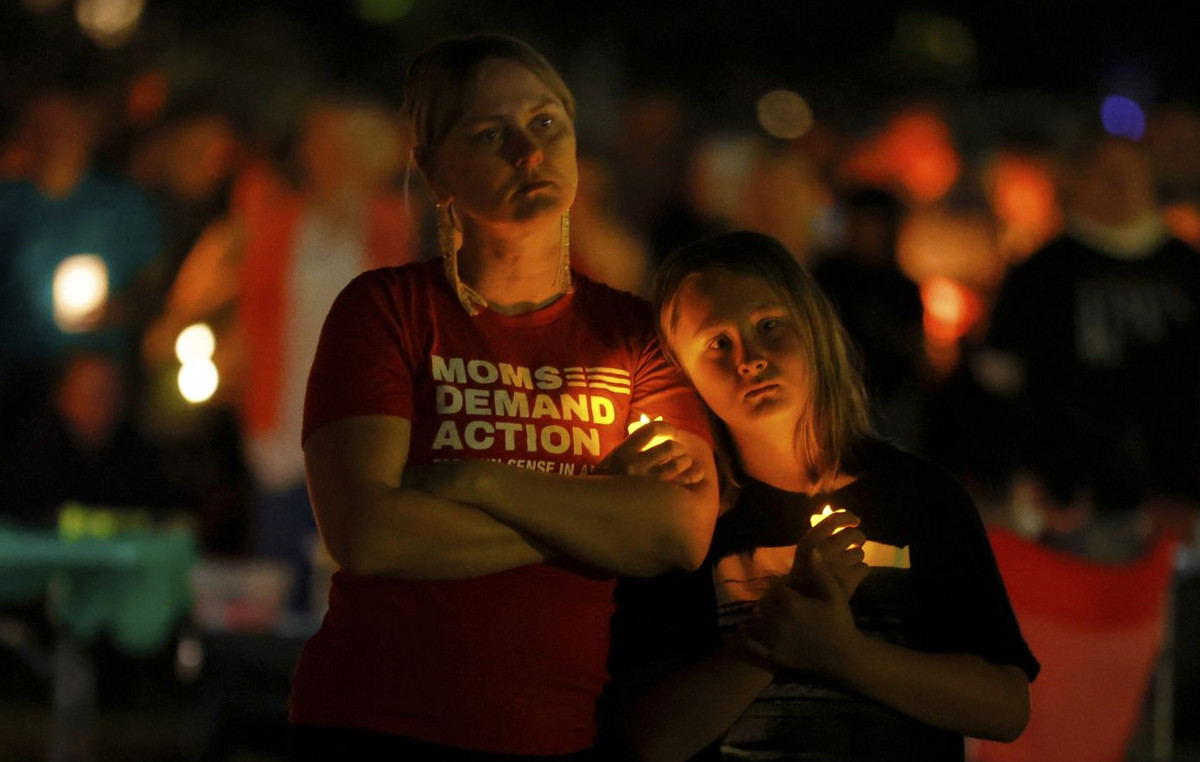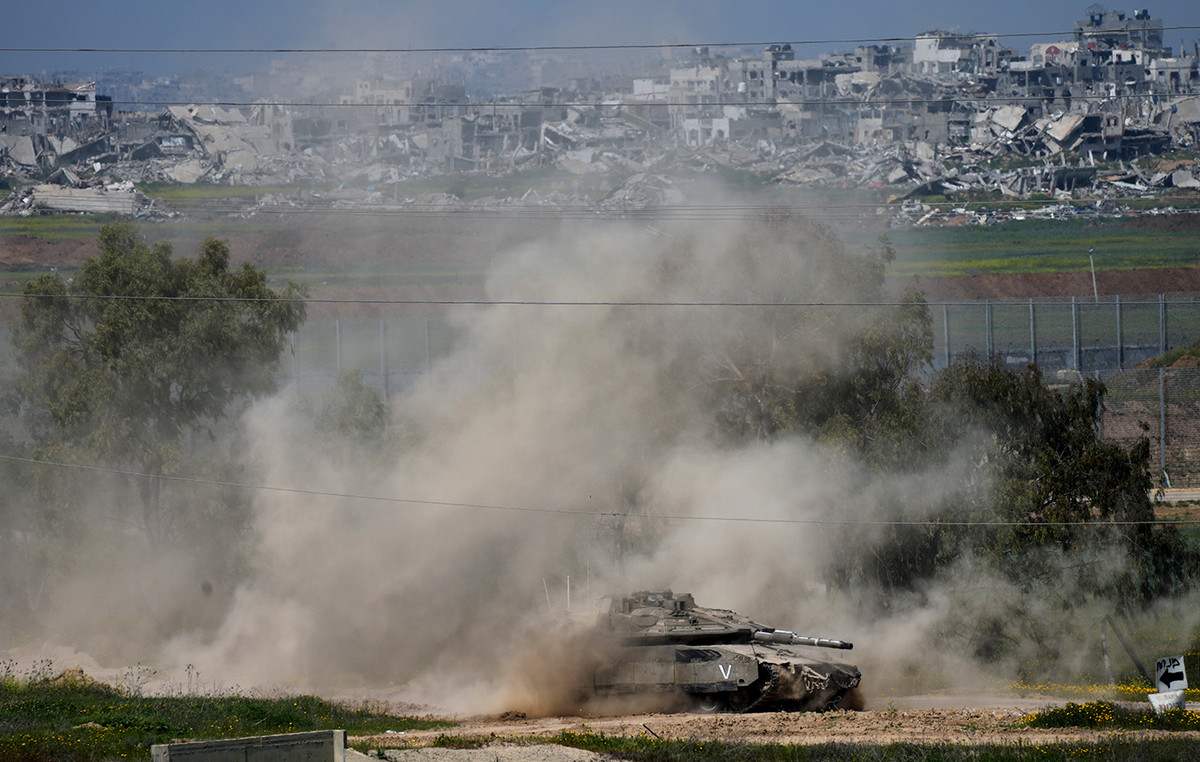A survey carried out by CNN from parliamentary amendments destined for Petrópolis in the 2012 budgets, the first year after the 2011 tragedy, in the Serrana Region, and 2022, before the current one, show that federal deputies and senators allocated R$ 47.8 million to the city, distributed in 64 amendments.
However, only two of them contemplated actions to prevent disasters and to improve the habitability conditions of precarious settlements. They add up to R$ 2.9 million, or just 6% of the global value.
The last of these amendments was intended in 2015, seven years ago. Currently, each deputy and senator can direct the equivalent of R$ 18.4 million in amendments per year, to the destination they choose.
Rio has 49 parliamentarians qualified for this, not counting the bench amendments.
Thus, the sum of the amount allocated by parliamentarians to Petrópolis, for this purpose, in the last 11 years, corresponds to only 15.7% of the annual quota of only one of them.
experts heard by CNN understand that the value of parliamentary amendments is small for carrying out the important infrastructure works that are necessary to improve the flow of water in the city’s rivers and the removal of the population that inhabits areas at risk.
Luiz Renato Vergara, former president of the State Institute for the Environment (Inea), explains, however, that funds like these would help with non-structural measures.
“It’s money that could help with soil studies, drainage plans, macro-drainage and studies for the development of a new master plan, for example. It would be useful in a series of measures that would serve as a subsidy for decision-making and for the great works that are needed. They would help in the elaboration of these projects to obtain revenue from the executive bodies”, says the environmental consultant.
Since 1996, there has been a Macrodrainage Plan for the Historic Center of Petrópolis, which intends to implement a set of actions to change the flow and flow of rivers that cross the region and prevent the area from flooding in periods of rain, such as on February.
Prepared by engineer Paulo Canedo, from Coppe/UFRJ, the plan includes three initiatives. The main one would be the unblocking of the overflow tunnel of the Palatinate River, which had been blocked and deteriorated for decades.
“It’s an investment already made, years, decades ago, and it’s deteriorating. And it urgently needs a structural recovery, otherwise we will lose the investment made in the past. Second, because this investment allows the waters of the Palatinate to deviate from the city center, and leave the city center to be bathed by the waters of the Quitandinha, which is sufficiently large to cause damage to the Historic Center”, he says.
The other measures are the opening of a second overflow tunnel, 300 meters long, at the meeting of the waters of the Canal do Centro and the Piabanha River, and the expansion of the width of the Quitandinha.
The set of works is estimated at around R$ 2 billion. Luiz Renato Vergara explains that studies were carried out after the 2011 tragedy, but the measures were not implemented and, 11 years later, they will need to be redone.
“Conditions are no longer the same, they have changed since then. In 2011 we already knew that if that tragedy in 2011 had been concentrated in the Historic Center of Petrópolis, it would have been something much worse. Because it is an area with a very complex and very dense configuration, conditions that have only worsened. The rains on the 15th had a recurrence time of 110, 120 years, and further damaged the overflow tunnel, for example”, he ponders.
Last Tuesday, when the tragedy had already accounted for about 180 deaths, the state government announced that it had obtained the release of R$ 70 million from the Ministry of Regional Development for the reconstruction of the city. According to Palácio Guanabara, the task should cost R$ 400 million and will take two and a half years.
According to Governor Cláudio Castro (PL), the first phase will include the recovery of the overflow tunnel of the Palatinato River, the resizing of the Canal do Centro and Quitandinha, measures listed in the 1996 plan, and the macro-drainage of the Coronel da Veiga neighborhood.
After the tragedy, a meeting of the Rio de Janeiro bench at the National Congress announced the intention to allocate R$ 49 million to the city. It would be the equivalent of R$ 1 million addressed by each of the representatives of the state: there are 46 federal deputies and three senators.
Source: CNN Brasil







